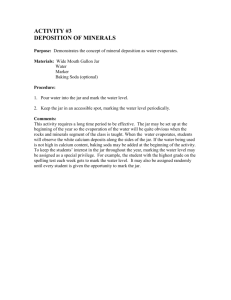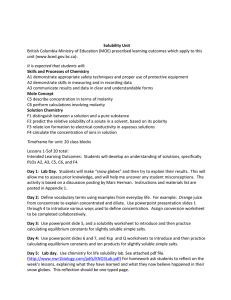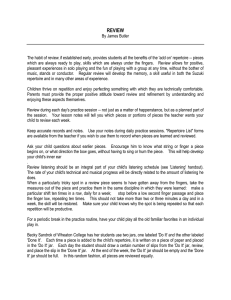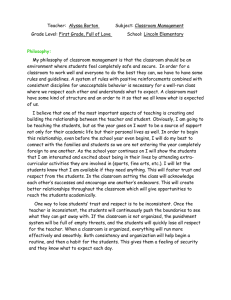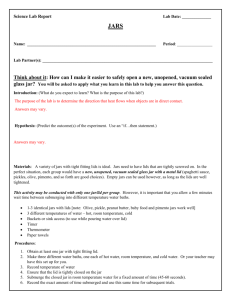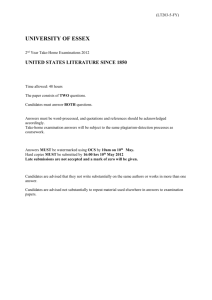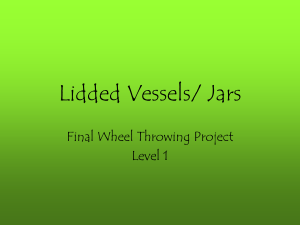How Should We Look At Art
advertisement
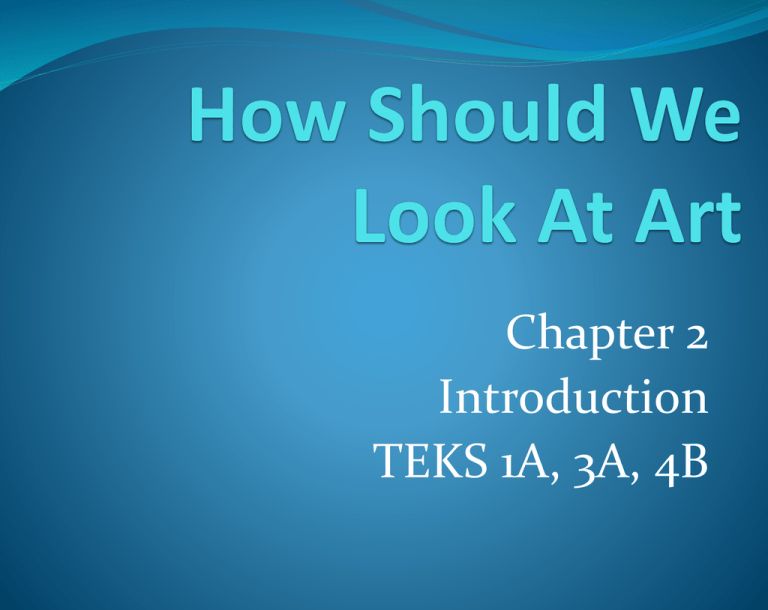
Chapter 2 Introduction TEKS 1A, 3A, 4B Chapter 2:1 TEKS 1A, 3A, 4B Objectives: As a Student •I will identify factors that might determine whether or not something is art. •I will describe the aesthetic experience and why it is important. •I will consider the role of philosophy in the study of art •I will review vocabulary from previous chapter. Art, Aesthetic, Medium, Principles of design •I will learn new vocabulary Philosophy, design Vocabulary: Philosophy of art-the asking and answering all kinds of questions about art. Design-logical harmonious relationship among all the parts of an art work Aesthetic experience -enjoying something for its own sake Vocabulary: Art criticism-a systematic discussion of an art work involving, usually four stages: 1, description, 2 analysis, interpretation, and 4, evaluation Description-the facts of the work, what does it have, objects, people, shapes, and colors that you can see Elements of art-the building blocks of art—and how to recognize them Vocabulary: Analysis-pointing out the relationship among these things…do they clash or harmonize? Are they balanced, Is there a variety? Is there unity without monotony? Principles of design-visual relationship in the art. Composition-the way the subject matter along with lines, shapes, colors, placement, and so forth have been put together. Vocabulary: Interpretation-define the meaning of the work of art Evaluation-determine the quality or lasting importance of a work Formalism-using the elements and principles as a criterion in art criticism Expressiveness-how effectively the work expresses or reflects a theme or worldview Vocabulary: originality-the judgment of how new, or has it been done somewhere else in some other medium before. Ogata Kenzan, Water jar with design of maple leaves, c. 1731-43 Buff clay, white slip, iron pigment under transparent glaze and enamels over glaze, lacquer additions, lacquered wooden lid Today’s art can be almost anything. Can anything be ART? What do you notice about this jar? What qualities catch your eye? Bruno Andrade, Days Ahead, 2003 Acrylic in panel, 14’x 18’ The artist claims natures charm has given me a keener sensibility and a point of reference, for my quest of inner truths. The jar probably was a water jar because it has a lid. Ogata Kenza ran a ceramic studio. He experimented with glazes and potter forms Look at the forks on the table. Which do you prefer? Describe why in detail. Describe the forks in detail. This chapter will teach you ways to criticize even the simplest forms of art. Which fork would you rather eat with and why?


